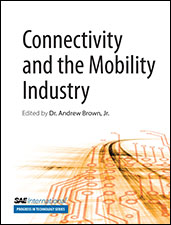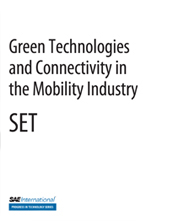Book

Connectivity and the Mobility Industry
2011-10-24
Bound to play an ever increasing role in the driver-vehicle relationship, connectivity is becoming a basic consumer requirement when it comes to choosing a vehicle. Moving from the computer into the car, the ability to stay in touch, informed and entertained has reached yet a higher level of technology ubiquity. Featuring 20 SAE technical papers published in 2010 and 2011, Connectivity and the Mobility Industry addresses important aspects of one of the most cutting-edge topics in the industry today. Edited by Dr.


